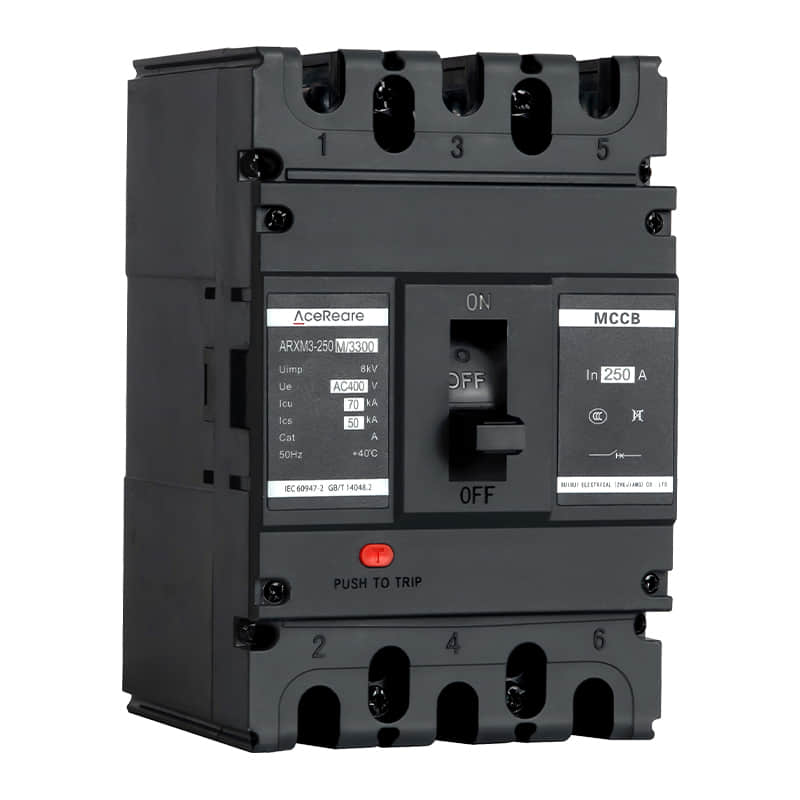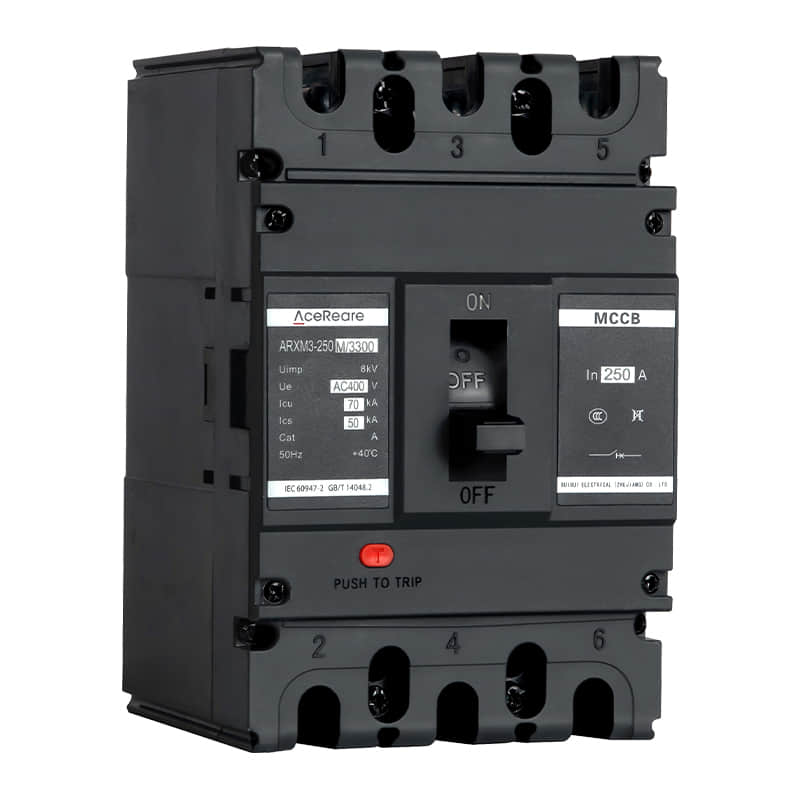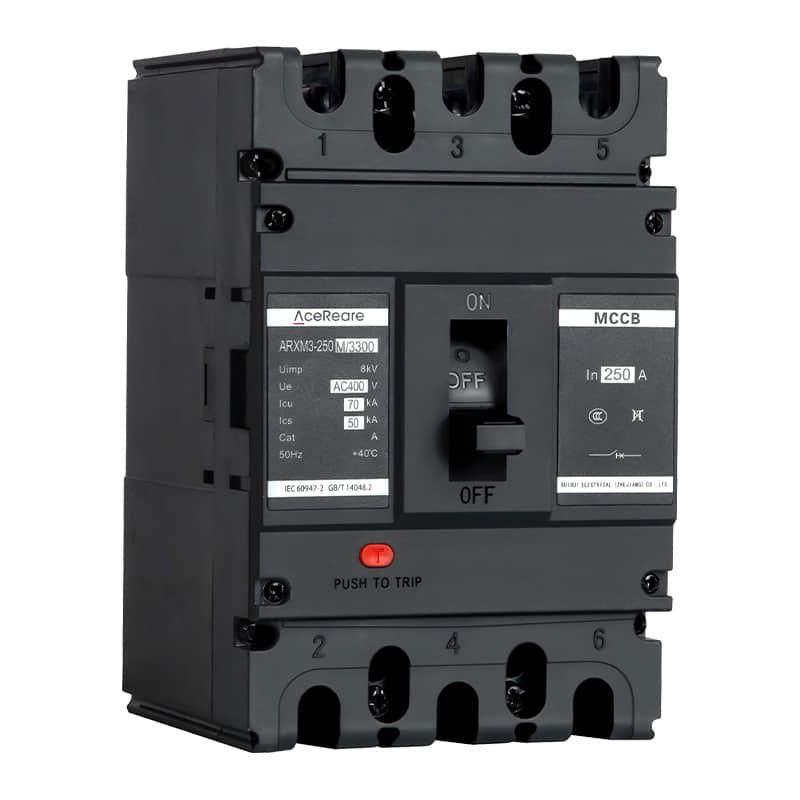
Date | 2024-09-13 17:14:57
A 4 pole circuit breaker is a crucial component in modern electrical systems, designed to provide comprehensive protection to electrical circuits. Unlike standard circuit breakers, which typically offer protection for single-phase or two-phase systems, a 4 pole circuit breaker caters to more complex setups. Its primary function is to safeguard against overloads and short circuits, ensuring the safe operation of electrical systems in residential, commercial, and industrial settings. This article delves into the essential aspects of 4 pole circuit breakers, their applications, and their significance in electrical safety.

Function and Design

